Why British Pet Insurance for exotic pet insurance?
We go through our new exotic cover we offer, why it's so different and our quick and easy quote process online.
Read morePublished: 22 January 2025
Following on from our first blog about unusual exotic pets in the UK, we’re back with part two!
Exotic pets are becoming increasingly popular, giving animal lovers the opportunity to care for some truly unique and fascinating creatures. In this guide, we’ll take a closer look at more of the most unusual pets you can own, along with key care tips to keep them happy and healthy.
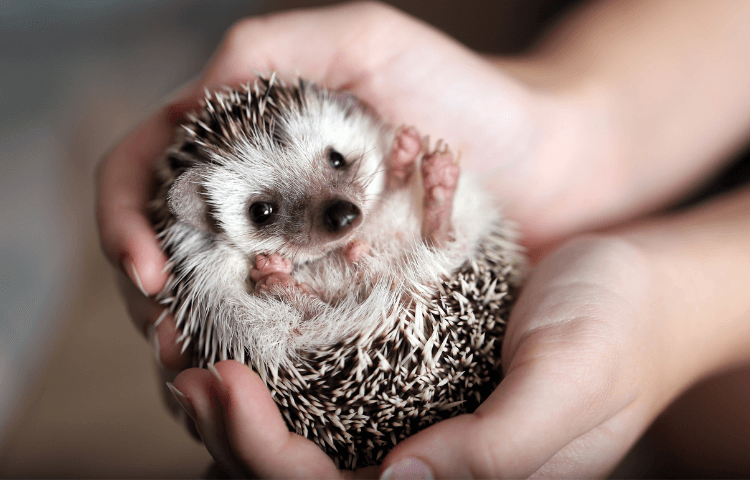
Hedgehogs are undeniably cute, and you can even have one as a pet! The African pygmy hedgehog is becoming increasingly popular in the UK, and it’s easy to see why. They’re small, low maintenance, and full of charm. A hybrid of the four-toed hedgehog and the Algerian hedgehog, the African pygmy hedgehog is the most common species of domesticated hedgehog worldwide.
A high-protein dry cat food serves as a staple diet, supplemented with a variety of foods like boiled or scrambled eggs, fresh fruits and vegetables, as well as mealworms, crickets, wax worms, and silkworms. As insectivores, hedgehogs rely mainly on insects in their natural diet.
For one African pygmy hedgehog, a cage size of at least 3ft by 1.5ft is recommended, though larger spaces or rabbit hutches work well too. These hedgehogs are sensitive to cold and temperature fluctuations, requiring a heating pad to maintain a steady 23°C.
Being nocturnal creatures, hedgehogs sleep during the day and should not be disturbed until they naturally wake up in the evening.
If you’re thinking of getting an exotic pet, make sure you have the right pet insurance. Get a pet insurance quote for hedgehogs and give your pet the best care possible.
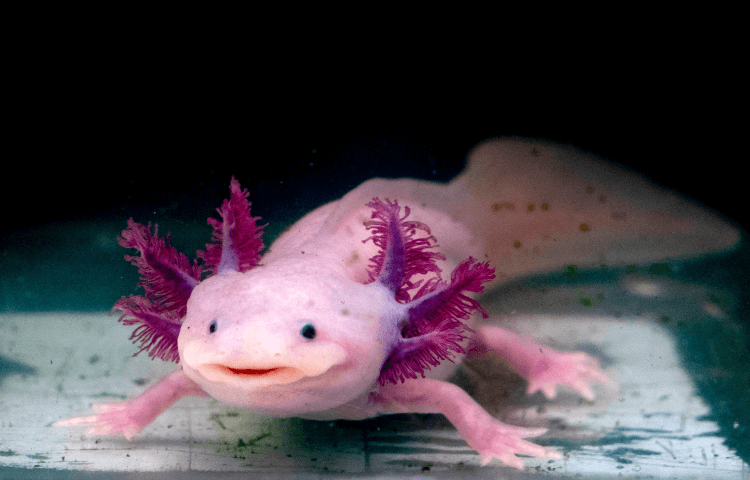
Are they fish or are they lizards? One thing’s for sure… These quirky amphibians are surprisingly cute and fascinating pets. The axolotls commonly found as pets in the UK belong to the Ambystoma Mexicana genus. With proper care, they can live for over ten years.
Axolotls possess extraordinary regenerative abilities, surpassing even other lizards that can regrow their tails. If injured, an axolotl can regenerate limbs, including legs, making them unique among exotic pets.
Juvenile axolotls can display cannibalistic tendencies, so they should be housed separately when young. Even adults can become aggressive if overcrowded, so avoid keeping too many in one tank. Axolotls also eat small fish and other aquatic creatures, meaning they are not suitable tank mates for common pet fish like goldfish.
Their diet includes brine shrimp, tubifex worms, bloodworms, and pre-packaged fish food pellets, like those used for farmed salmon. They should be fed at least once daily.
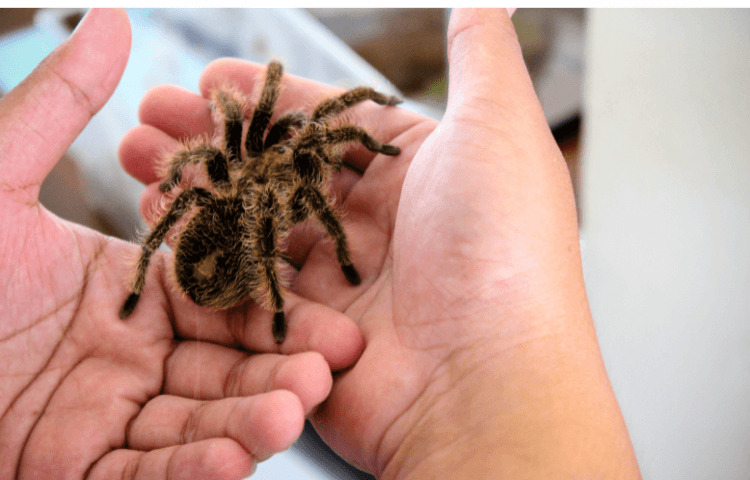
A large enclosure isn’t necessary, but housing needs depend on the species. Arboreal tarantulas require tall cages, while burrowing species need deep substrate or hiding spots. Since tarantulas are not social creatures, they should be kept individually.
A diet of crickets, supplemented with other insects, is ideal. Adult tarantulas typically eat once a week, though they may fast for a month or two, particularly before shedding. Growing tarantulas, however, require feeding several times a week.
Tarantulas prefer dim environments, so their enclosures should be placed away from direct sunlight. Incandescent bulbs should be avoided as they can dry out the enclosure. Although tarantulas aren’t native to the UK, they can adapt with the right conditions. Reptile heating pads placed under a portion of the enclosure can help maintain a suitable temperature of 23-29°C.
While tarantulas can bite, most species have venom comparable to a bee or wasp sting, causing pain, redness, and swelling. However, allergic reactions are possible, so handling should be done with care.
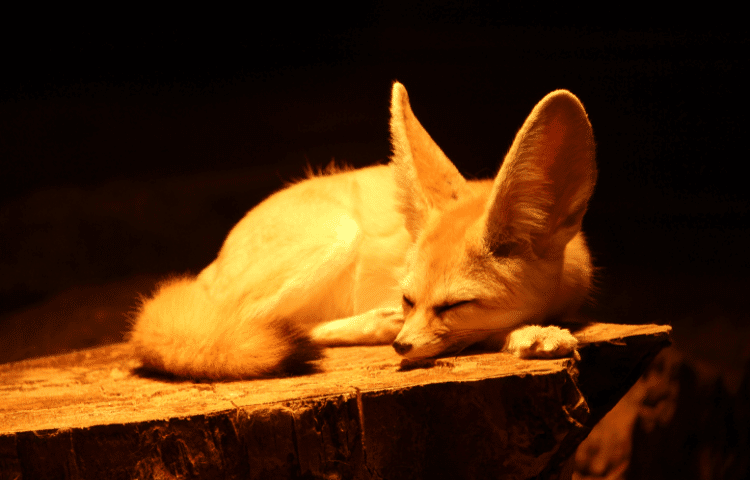
The fennec fox, also known as the desert fox, is a strikingly unique member of the vulpine family. Though not common pets, they can be kept domestically. Despite their small size, their large ears make them instantly recognisable.
Fennec foxes behave similarly to dogs but are not domesticated, requiring careful socialisation. Owners must take precautions to prevent escapes. In captivity, these foxes can live up to 14 years.
Unlike UK-native foxes, fennec foxes have distinctive features and behaviours. Their personality blends cat-like independence with the enthusiasm of a dog. They spend around 40% of their time being highly active, with the remainder split between relaxed wakefulness and sleep. A balanced diet typically includes a mix of dog food, cat food, vegetables, and fruit to mirror their natural diet.
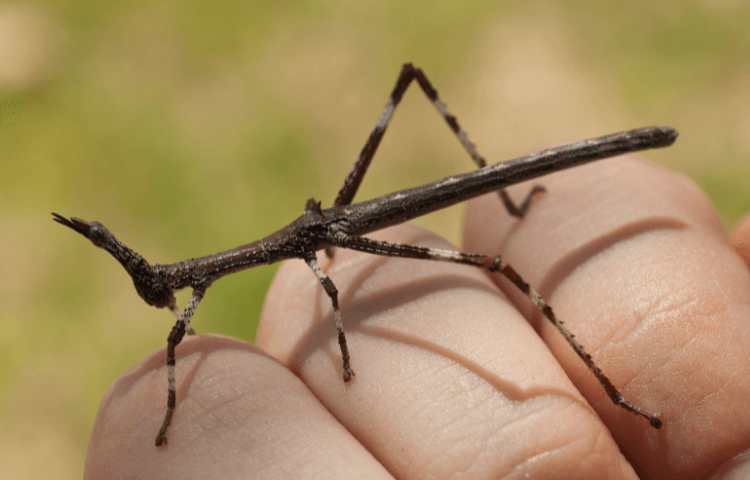
Stick insects are fascinating creatures that mimic branches or leaves. With over 6,000 species worldwide, many are popular as pets.
Belonging to the Phasmatodea order, stick insects have six legs, two antennae, and, depending on the species, may or may not have wings. Their body shapes vary, with some species appearing long and thin, while others have thorny or leafy textures, making them some of the most unusual exotic pets in the UK.
Stick insects are herbivores, primarily feeding on bramble leaves like raspberry or blackberry, which provide essential nutrients. Keeping their environment stocked with fresh food is crucial for their health.
Since they prefer hanging upside down on plants, their enclosure should be tall enough to accommodate this behaviour. A good rule of thumb is that the enclosure’s height should be at least three times the length of the stick insects inside.
Tanks are the preferred housing option, as they prevent escape and allow better observation. While mesh enclosures are an alternative, care must be taken to ensure the holes are too small for the insects to wriggle through.
Get a exotic pet insurance quote today